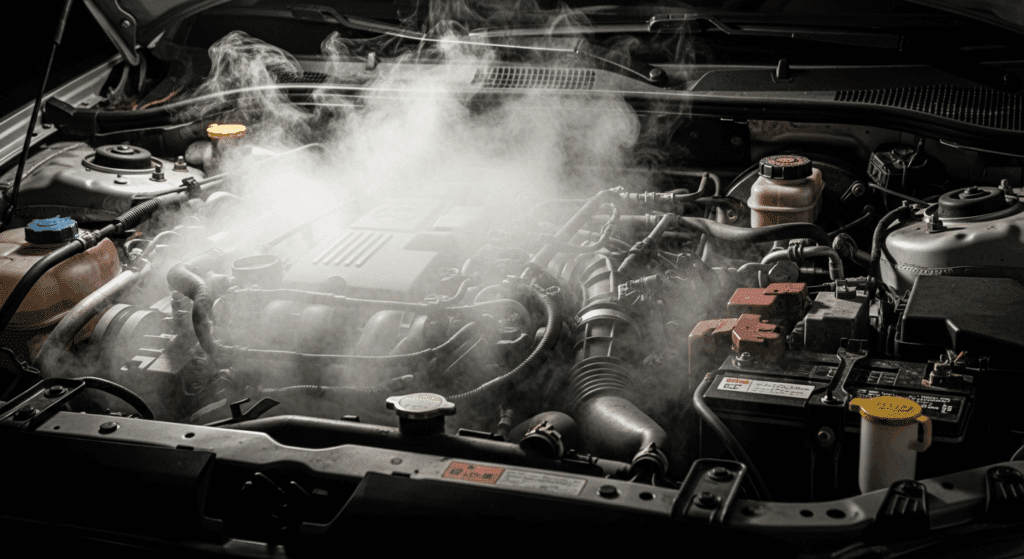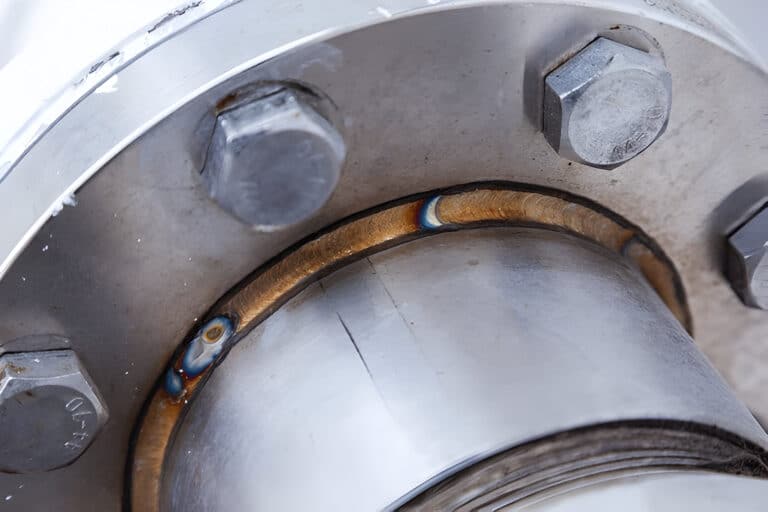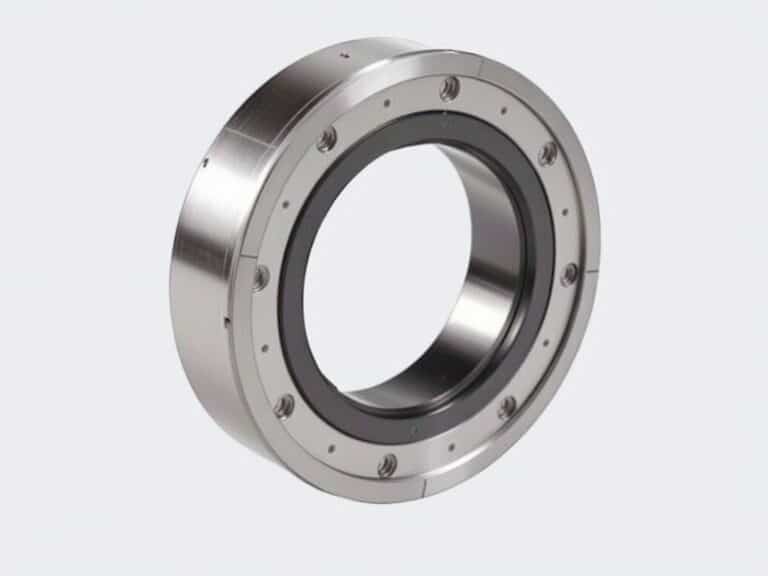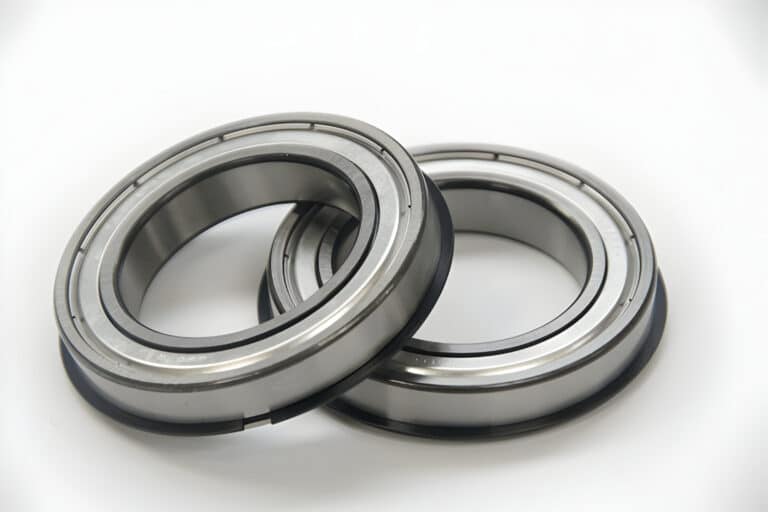A bad water pump will destroy your engine faster than almost any other component failure—we’re talking complete engine death in under 10 minutes of driving. This single part circulates coolant through your engine thousands of times per hour, keeping temperatures under control and preventing your engine from literally melting itself.
When your water pump starts failing, you’ll get warning signs that something’s wrong. Catch these symptoms early and you’ll spend a few hundred dollars on a replacement. Miss them, and you’re looking at a seized engine that’ll cost you $5,000 or more to replace.

Primary Symptoms of Water Pump Failure
Engine Overheating
Engine overheating is the most dangerous sign of water pump failure. When your water pump stops circulating coolant properly, your engine temperature shoots up rapidly, often reaching critical levels within 5-10 minutes of driving.
You’ll notice your temperature gauge climbing into the red zone or see a temperature warning light on your dashboard. If this happens, pull over immediately—continuing to drive can warp your engine’s cylinder head or blow a head gasket, leading to repairs that cost thousands of dollars.
Coolant Leaks
Coolant puddles under your car are a telltale sign of water pump problems. You’ll typically see bright green, orange, or pink fluid pooling near the front-center of your vehicle where the engine sits.
The leak usually comes from the water pump’s weep hole—a small opening designed to let coolant escape when the internal seals fail. This is actually a built-in warning system telling you the pump needs replacement before complete failure occurs.
Unusual Engine Noises
Strange sounds from your engine bay often signal water pump bearing failure. Here’s what you might hear:
- Squealing sounds: This high-pitched noise happens when the water pump pulley becomes loose or the bearings start wearing out. It’s similar to the sound of fingernails on a chalkboard and gets louder when you accelerate.
- Whining noises: A continuous whining that changes pitch with engine speed indicates the pump’s internal components are struggling. It sounds like a power steering pump that’s low on fluid.
- Grinding or rumbling sounds: These deeper, more serious noises mean the bearings have completely failed. At this point, the water pump could seize at any moment, potentially snapping your serpentine belt and leaving you stranded.
Heater Malfunction
Your car’s heater stops working properly when the water pump fails because it relies on hot coolant circulation. If you’re getting only cold air from your vents in winter, despite the engine being at operating temperature, your water pump might not be moving coolant through the heater core.
This symptom often appears before overheating issues, giving you an early warning that something’s wrong with your cooling system.
Warning Lights and Temperature Gauge Issues
Your check engine light might illuminate, or you’ll see a specific coolant temperature warning symbol that looks like a thermometer floating in liquid.
The temperature gauge might also fluctuate erratically, swinging from cold to hot randomly. This happens because the failing pump creates air pockets in the cooling system, causing inconsistent temperature readings.
Water Pump Rust and Corrosion
Visible rust or corrosion on the water pump housing indicates long-term coolant leaks or using the wrong type of coolant. You’ll see orange or white crusty deposits building up around the pump body and mounting bolts.
This corrosion weakens the pump’s metal components and seal surfaces. Once you see significant rust, the pump is living on borrowed time and needs immediate replacement.
Holes or Leakage System on the Dry Side of the Water Pump
Small holes or cracks on the pump’s dry side (the side facing away from the engine) mean the housing itself has deteriorated. These develop from years of pressure cycles and temperature changes weakening the metal.
Unlike weep hole leaks that warn of seal failure, these structural failures can cause sudden, catastrophic coolant loss. You might lose all your coolant in minutes, leading to immediate engine overheating.
Steam or Smoke from Engine Bay
Steam billowing from under your hood means coolant is hitting hot engine parts and instantly vaporizing. This happens when a failed water pump allows coolant to spray onto the exhaust manifold or engine block.
Pull over immediately if you see steam—your engine is already overheating. The sweet smell of antifreeze will be unmistakable, and continuing to drive risks severe engine damage.
Oil-Coolant Contamination
When water pump seals fail completely, coolant can mix with engine oil, creating a milky, chocolate-colored substance. Check your oil dipstick regularly—if the oil looks like a latte instead of black or amber, you’ve got contamination.
This mixture doesn’t lubricate properly and can destroy your engine’s bearings within hours of driving. It’s one of the most expensive consequences of ignoring water pump problems.
The Car Is Losing Power
A failing water pump makes your engine work harder to maintain temperature, robbing it of power. You’ll notice sluggish acceleration, especially when climbing hills or merging onto highways.
The engine computer might also activate “limp mode,” drastically reducing power to prevent overheating damage. Your car will feel like it’s dragging an anchor, barely able to reach highway speeds.
Cost to Replace Car Water Pump
Replacing a water pump typically costs between $300 and $750, depending on your vehicle and whether you choose a dealership or independent shop. The pump itself costs $50-$150, but labor makes up most of the expense since mechanics often need to remove multiple components to access it.
Luxury and European cars can cost significantly more—sometimes exceeding $1,000. However, this is still far cheaper than the $3,000-$8,000 engine replacement you’ll face if you ignore the warning signs.
Most water pumps last 60,000-90,000 miles. Many mechanics recommend replacing it when you change your timing belt, since they’re already accessing the same area and you’ll save on labor costs.
FAQs
How long can I drive with a bad water pump?
You shouldn’t drive at all with a confirmed bad water pump. Even a short trip can cause catastrophic engine damage costing thousands of dollars. Call for a tow instead of risking it.
Can a water pump fail suddenly without warning?
Yes, water pumps can fail suddenly, especially if the bearing seizes or the impeller breaks. However, most pumps show warning signs like small leaks or noises weeks before complete failure.
Will a bad water pump always leak coolant?
No, not always. Sometimes the impeller inside breaks or wears down, preventing proper coolant circulation without any external leaks. This makes diagnosis trickier but the overheating symptoms remain.
Can I replace a water pump myself?
If you’re mechanically inclined, yes. However, it requires draining the cooling system, removing the belt and pulleys, and often working in tight spaces. Most DIYers need 3-4 hours for the job.
How often should I check my water pump?
Have your mechanic inspect the water pump during every major service, typically every 30,000 miles. Also check for leaks and listen for unusual noises during your regular under-hood inspections.




